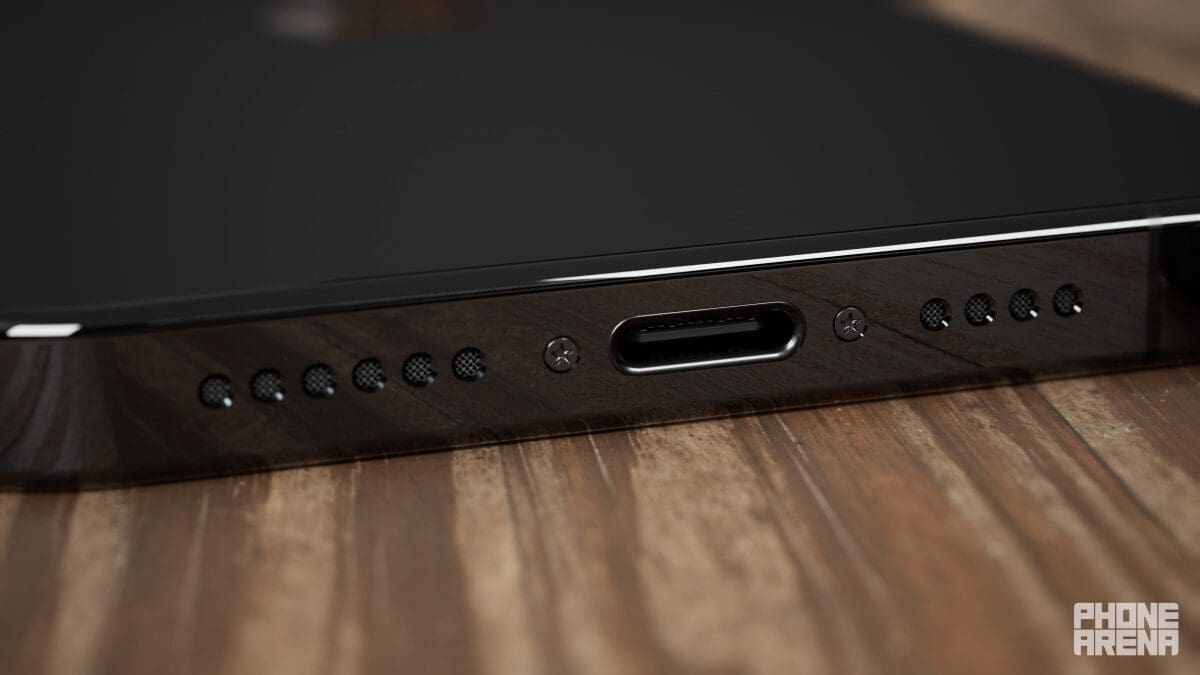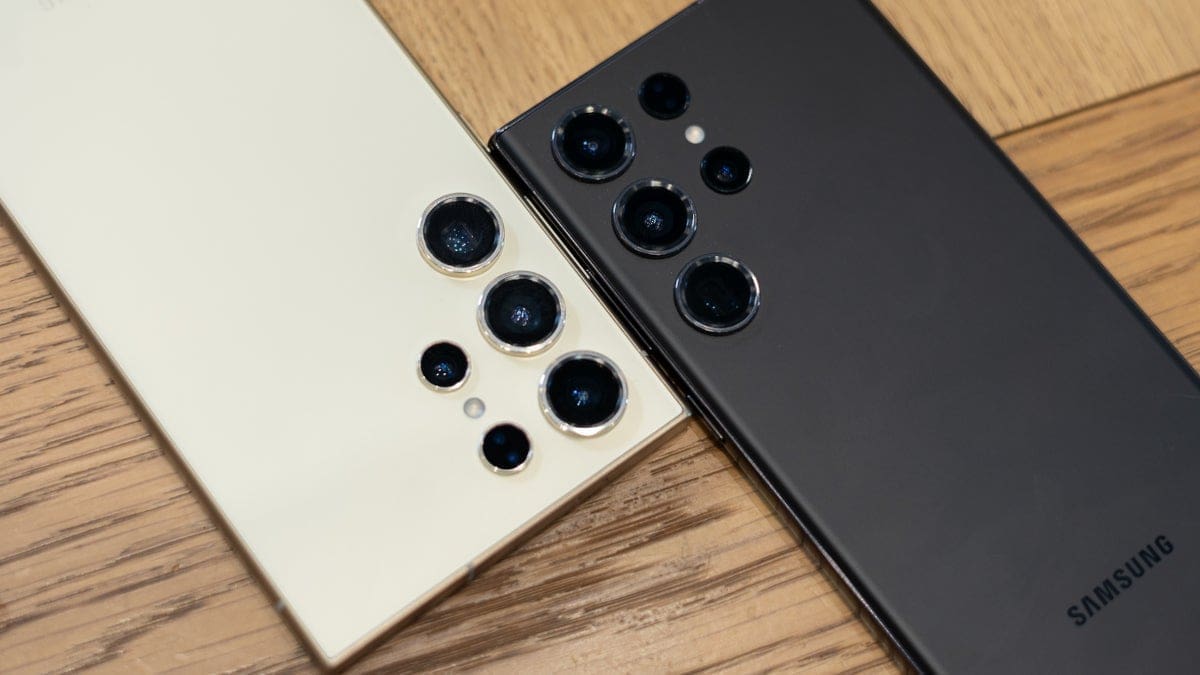In the world of technology, the annual smartphone upgrade cycle has become a norm. Every year, tech enthusiasts eagerly await the launch of the latest flagship devices from top brands like Samsung and Apple. However, with each new release, one can’t help but wonder: are these yearly upgrades truly necessary?
Recent leaks about upcoming smartphones like the Galaxy Z Fold 6 and iPhone 16 Pro models suggest that these devices are becoming increasingly similar to their predecessors. Minor tweaks such as slimmer bezels and incremental performance boosts seem to be the primary focus of these yearly updates.
Specifications also show minimal variations from one generation to the next, with only slight improvements in camera quality and processing speeds. Companies like Samsung even promise up to 7 years of OS updates for their flagship phones, raising questions about the need for yearly releases.
Perhaps a shift towards launching flagship phones every two to three years would better align with the pace of technological advancements. This approach could lead to more substantial upgrades that justify the hefty investment required for these premium devices.
While there is still room for innovation in the smartphone industry, it may be more beneficial for manufacturers to focus on revolutionary breakthroughs rather than incremental iterations of existing technology. Imagine foldable screens without visible hinges, AI-powered cameras rivaling professional equipment, or batteries with extended longevity.
With major players like Samsung committing to providing extended software support for their flagships, consumers are encouraged to hold onto their devices for longer periods. This approach ensures that users get the best value for their money and enjoy top-of-the-line performance for several years without feeling pressured to upgrade annually.
In summary, while yearly smartphone releases generate excitement and sales in the short term, a shift towards less frequent but more groundbreaking innovations could benefit both consumers and manufacturers in the long run. Ultimately, a truly revolutionary phone released every few years may be more enticing and rewarding for everyone involved in the ever-evolving world of telecommunications.











